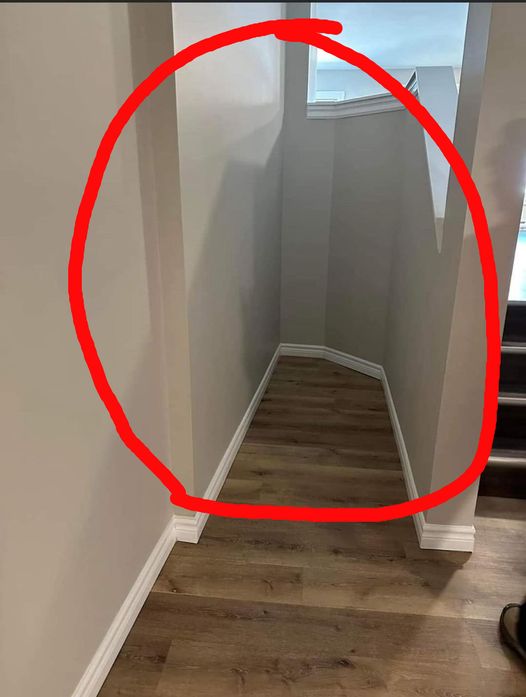No matter the size of your home, there are always clever ways to make it feel larger and more comfortable. With strategic furniture placement, smart use of mirrors, and optimized lighting, you can create a welcoming atmosphere in any living space—whether it’s a cozy apartment or a full-sized house. Bigger isn’t always better, especially when you maximize what you already have. Here are 11 effective ways to enhance space and comfort in your home.

1. Use Mirrors to Create a Sense of Space
Mirrors are one of the simplest yet most powerful tools for making a room appear bigger and brighter. Debbie Baum, a real estate expert at The Corcoran Group, suggests placing a mirror near a window that offers a view of nature, like a park or river. This not only reflects natural light but also brings the outdoors inside, creating a sense of openness and visual depth.
2. Arrange Furniture to Enhance Balance
While it may sound surprising, an empty room can feel smaller than one that’s thoughtfully furnished. Baum notes that properly arranging furniture can make a space feel larger. The key is finding balance—use enough pieces to define the area without overcrowding it. Well-chosen furniture adds structure to a room, making it feel complete rather than empty.
3. Build Storage Into Your Home
Clutter makes any room feel cramped, so effective storage solutions are essential. Baum recommends building storage, like adding a closet at the base of a staircase. Such hidden storage helps organize belongings and reduces clutter, making the entire space feel more open and refined.
4. Take Advantage of High Ceilings
If your home has high ceilings, make the most of that vertical space. According to Baum, you can add a loft or tall shelving to increase functionality, whether it’s for additional storage or an extra sleeping area. Even in smaller apartments, using vertical space can significantly enhance the feeling of spaciousness.
5. Redefine the Purpose of Rooms
You don’t have to stick to a room’s original purpose. Andrea D’Amico, another real estate expert at The Corcoran Group, suggests converting underused spaces, like a closet, into a home office. Repurposing rooms based on your needs can be more practical, especially in compact living spaces. For example, a home office nook might be more valuable than a storage closet.
6. Store Seasonal Clothes Efficiently
Closet space can be limited, especially in small homes. D’Amico advises using storage boxes under the bed to store off-season clothing. To keep the room tidy, use a dust ruffle to conceal the boxes, maintaining a neat appearance while maximizing storage.
7. Organize Your Bathroom Smartly
Bathrooms can feel cramped without proper organization. D’Amico suggests carving out space in the wall for a recessed medicine cabinet with a mirrored front. This provides extra storage while freeing up valuable counter space, making the bathroom appear sleeker and more spacious.
8. Choose Multipurpose Furniture
In small spaces, furniture that serves multiple functions is invaluable. D’Amico recommends using ottomans that double as storage for items like blankets or books. This keeps the room tidy, adds seating, and enhances the space without adding clutter.
9. Optimize Lighting
Lighting plays a crucial role in making a room feel larger and more inviting. Clean your windows regularly to let in more natural light, and use various lighting sources—like dimmers, floor lamps, and ceiling lights—to add depth and dimension. Strategic lighting placement can make even the smallest of rooms feel open and expansive.
10. Use Light Colors on Walls
The color of your walls can greatly impact how spacious a room feels. Lighter shades, such as soft pastels or neutrals, tend to make a room feel open, while darker tones can make it feel smaller. For a unique touch, try painting the ceiling a lighter shade than the walls to create an illusion of height and added space.
11. Keep Windows Uncovered or Lightly Draped
Heavy window treatments can make a room feel dark and closed-off. Instead, use sheer curtains or leave the windows uncovered to allow maximum natural light to enter. This not only brightens the space but also provides a visual connection to the outdoors, making the room feel larger.
Conclusion
With a few smart adjustments, you can create a living space that feels more open, organized, and inviting—regardless of its size. From clever storage solutions to strategic use of mirrors and lighting, these tips can help you maximize your space and transform your home into a sanctuary. It’s all about creativity and balance—even a small space can have a big impact!